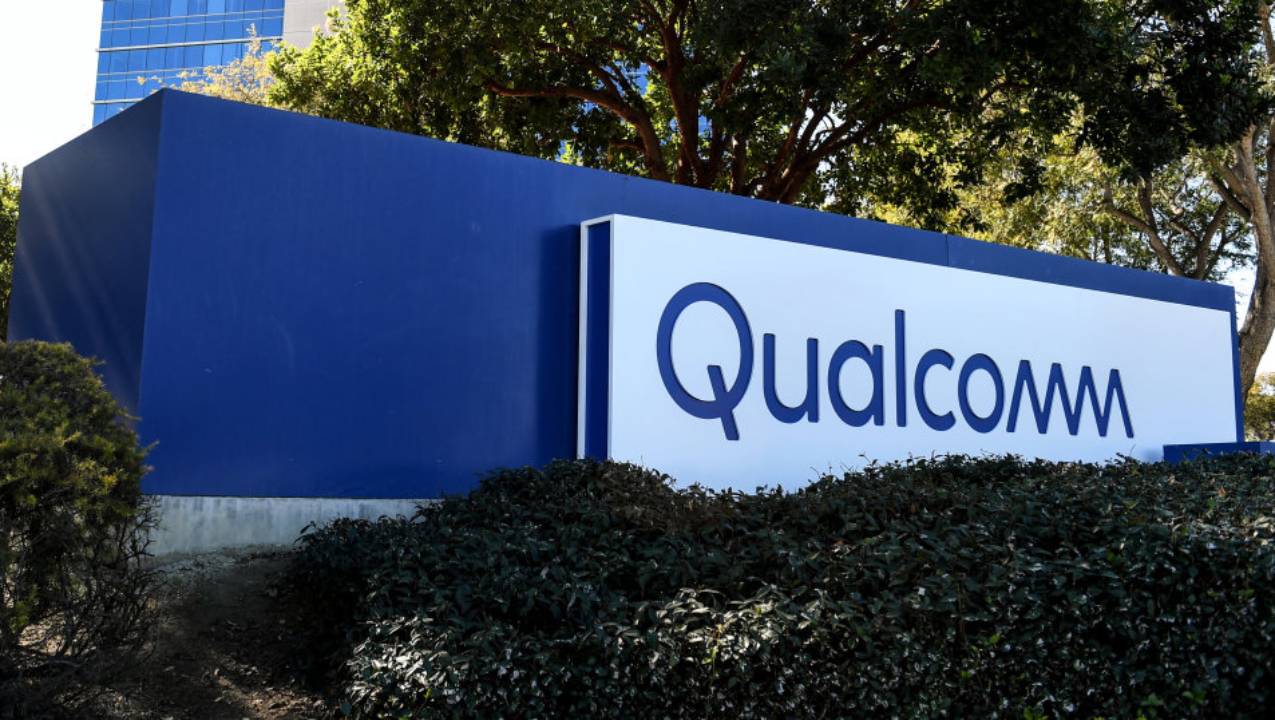RISC-V hardware ecosystem gets strong industry support - Qualcomm joins with four other industry players to form Quintauris
Five semiconductor companies make a new RISC-V company.

Qualcomm and four other significant semiconductor firms have officially joined forces to establish Quintauris, a company focused on developing "next-generation hardware" based on the RISC-V open-standard architecture (via Business Wire). The self-stated mission of Quintauris is to provide a single source for enabling RISC-V devices and promote standards for the RISC-V industry, which has been criticized for being prone to fragmentation.
RISC-V is an open-standard (or open-source, depending on who you ask) instruction set architecture (ISA) for CPUs that was first established in 2014, and is maintained by RISC-V International. The basic premise for RISC-V is that any company can take the ISA and make their own CPUs, bypassing the closed ecosystems of Arm, AMD, and Intel. Since its debut, RISC-V has grown extremely quickly, with 16 billion cores sold forecasted by 2030.
Qualcomm is invested in the production of Arm architecture-based chips, so it might seem unintuitive for the company to get into RISC-V too. However, Qualcomm has actually been using RISC-V for five years for its microcontrollers, as have many other companies. Qualcomm is also using RISC-V for its Snapdragon Wear Platform, alongside Google. As a reduced instruction set computer architecture (which is what RISC means), RISC-V is inherently minimalistic, and it's found a niche in small chips.
The open-standard or open-source nature of RISC-V makes collaboration between industry players easier, and Quintauris is a high-profile example of this. Qualcomm is just one of five partners involved in Quintauris, with the other four being Bosch, Infineon, Nordic Semiconductor, and NXP Semiconductors.
Bosch, Infineon, and NXP are unsurprising allies, as they joined TSMC to form the European Semiconductor Manufacturing Company in August. For its part, Qualcomm attempted to purchase NXP in 2016, though the deal fell through before it could be completed. Nordic Semiconductor is the odd one out and is by far the smallest member of the Quintauris venture, but it produces crucial wireless chips with Bluetooth and Wi-Fi capability.
According to its official website, Quintauris says its products will initially focus on the automotive industry and then later cater to mobile and Internet of Things (IoT) applications. The company is also focused on promoting standards for the RISC-V hardware-software ecosystem, and the implication appears to be that the launch of successful products developed by several big companies will help realize standardization.
Quintauris isn't the only organization seeking to inject standards into the world of RISC-V however, as there is also the RISC-V Software Ecosystem (RISE). RISE has the official support of RISC-V International and key industry players such as Google, Intel, Nvidia, and even Qualcomm. While RISE concentrates on software, Quintauris will champion next-generation hardware development.
Get Tom's Hardware's best news and in-depth reviews, straight to your inbox.

Matthew Connatser is a freelancing writer for Tom's Hardware US. He writes articles about CPUs, GPUs, SSDs, and computers in general.
-
bit_user ReplyFive semiconductor companies make a new RISC-V company.
Obligatory Voltron reference:
Also, calling Quintauris sounds like they're planning on holding a firm line on just 5 members.
The basic premise for RISC-V is that any company can take the ISA and make their own CPUs, bypassing the closed ecosystems of Arm, AMD, and Intel.
Wow! Finally got this right!
: D
...but, then, my eyes scanned down to this:
The open-standard or open-source nature of RISC-V makes collaboration between industry players easier
No, it's not "or". So close... maybe next time.: /
Qualcomm is invested in the production of Arm architecture-based chips, so it might seem unintuitive for the company to get into RISC-V too.
Except for the not-so-small detail that Qualcomm is embroiled in a massive lawsuit by ARM.
...just gonna tag @PaulAlcorn for that. Maybe clue in Mr. Connatser to this, for future reference.
the other four being Bosch, Infineon, Nordic Semiconductor, and NXP Semiconductors.
So, I'd guess this is an effort to counter China's influence over the RISC-V standards and ecosystem. I think it's interesting no other US-based companies are involved. Intel has been dabbling in RISC-V for years. Plus, there are RISC-V startups like SiFive, Tenstorrent, and others. -
purpleduggy hoping they can push big money into developing the RISCV mobile app ecosystem on android. as well as RISCV desktop ubuntu/debian. This is what will make their chips worthwhile, regardless of performance. also they should push for flagship ultrahigh end halo riscv phones and not entry level. super fast ram and the fastest nvme storage. Also need massive budget for RISCV desktop PCIe GPU support development with Nvidia/AMD.Reply -
bit_user Reply
Agreed, but this isn't that. From the last paragraph:purpleduggy said:hoping they can push big money into developing the RISCV mobile app ecosystem on android. as well as RISCV desktop ubuntu/debian.
"there is also the RISC-V Software Ecosystem (RISE). RISE has the official support of RISC-V International and key industry players such as Google, Intel, Nvidia, and even Qualcomm. While RISE concentrates on software, Quintauris will champion next-generation hardware development."
Already done. For AMD, at least.purpleduggy said:Also need massive budget for RISCV desktop PCIe GPU support development with Nvidia/AMD.
https://www.phoronix.com/news/SiFive-Newer-AMD-GPUs-RISC-V